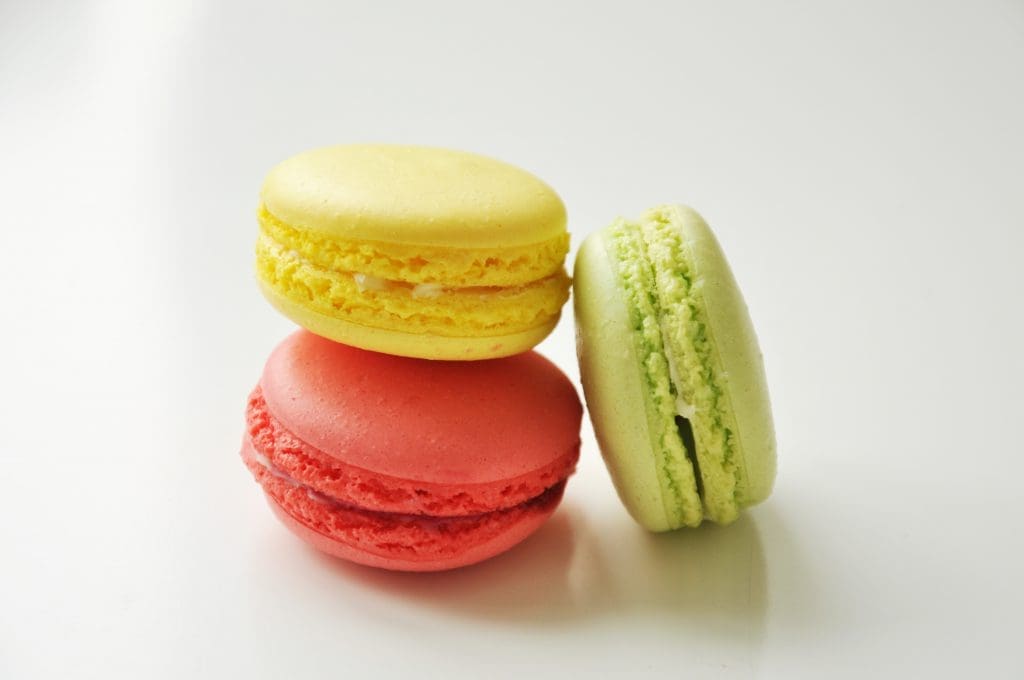Photographers struggle to capture and preserve natural colors in their photos. They shoot in RAW to capture as much information as possible and use image editors tailored for their camera and lens to preserve that information. Professional photo editors like Camera One pride to deliver accurate colors, manufacturer camera profiles, and color profiles for printing. But why are colors so important and why should you capture natural tones? Below we will explore how to use color in your photos.
Colors have meaning
Humans see in colors and our brain is trained to interpret their significance. For example, red is associated with blood and danger and catches our attention very quickly. Green is associated with trees and grass and conveys peaceful and calm messages; therefore, it is usually ignored. Colors that are rarely seen in nature (fuchsia, bright shades of violet, etc.) catch our attention too and make us curious and vigilant. Color philosophy can change your picture’s meaning and convey a completely different message.
Colors have contrast
Contrast is extremely important in photography and it’s usually achieved by working with light and shadow. But color contrast is equally powerful. Place side by side opposite colors on the color wheel and you’ll have all the contrast you need. Contrast is appealing and creates powerful focus points. Make sure your composition doesn’t include unintentional color contrast that distracts from your subject.
Photo by Sharon Pittaway on Unsplash
Colors create atmosphere
Tones of pink are romantic, shades of blue are sad, orange is joyful, while purple may have cultural meaning. Colors are associated with feelings and social trends. Usually, bright colors are considered happy and playful while dark colors are considered sad and dramatic. Photographing a young couple in a dark décor, surrounded by shades of gray and brown, can express fear and sadness instead of love and purity. Pay attention to the general mood of your composition, remove the clutter, and take into account all the colors involved (people’s clothing, background, clouds, etc.)
Colors have weight
Colors can unbalance your composition even when appearing in small amounts. A red flower in the hands of a bride will catch more attention than her eyes. A green ball on a red roof will distract from the rest of the scenery. Colors should be considered important pieces in the image balance next to dimensions and contrast.
Photo by Austin Scherbarth on Unsplash
Our world is made of colors. Digital technology allows us to play with color and change objects’ appearance, people’s clothing, eyes’ color, forest’s autumnal shades, and so on. But do we really need to do this when nature provides so much beauty? Sometimes the answer is yes. Commercial photography, real estate, fashion, and fine-art photography use editing as a way of delivering high-quality and creative products. Still, photography should remain truthful to natural colors and focus more on seeing beautiful composition than on creating them in post-processing.
Cover photo by Tatiana Lapina on Unsplash

